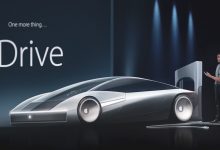Latest Articles
-
Apr- 2023 -28 AprilNASA
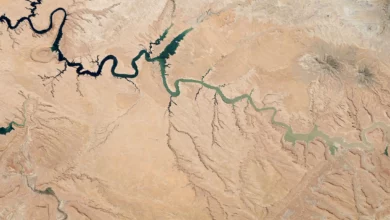
NASA’s OPERA: Revolutionizing Earth Observation Through Satellite Synergy
A drought-stricken Lake Powell, the second largest reservoir in the U.S., is captured here in 2014 by the Landsat 8 satellite. Bleached rock along the edges shows the reservoir’s shoreline when at capacity. NASA’s OPERA project brings together multiple space missions to track such water and land changes. Credit: NASA Earth Observatory image by Robert Simmon using Landsat data from USGS Merging data from multiple satellites, OPERA can help government agencies, disaster responders, and the public access data about natural and human impacts to the land. The OPERA (Observational Products for End-Users from Remote Sensing Analysis) project, managed by NASA’s…
Read More » -
27 AprilLifestyle
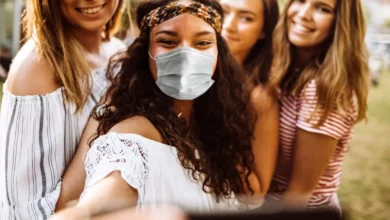
Capturing the Meaning of Moments: The Science of Selfies and Why People Include Themselves in Photos
Lead Image: A recent study provides insights into people’s motivations for including themselves in photos. Published in the journal Social Psychological and Personality Science, the research discovered that first-person photos, offering the scene from the individual’s viewpoint, best represent the physical experience of an event. However, third-person images, such as selfies, more effectively convey the deeper significance of the event. The study, which included six experiments involving 2,113 participants, challenged the notion that people primarily post selfies on platforms like Instagram for self-promotion. It suggested that the perspective of the photo aligns with the individuals’ intent, whether to capture the…
Read More » -
26 AprilBiomedical Engineering
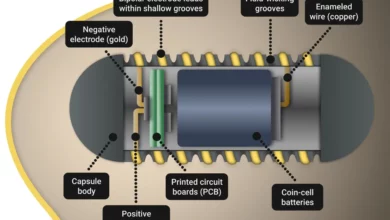
Appetite-Control Capsule: Ingestible Electroceutical Tames Hunger Hormones
Lead Image: Researchers have developed an ingestible capsule called FLASH (Fluid-wicking Active Stimulation and Hormone modulation) that can electronically stimulate the hunger-regulating hormone ghrelin in pigs. Inspired by the fluid-wicking skin of the Australian thorny devil lizard, the capsule emits electronic signals and moves through the body, eventually being excreted. This proof-of-concept study demonstrates the potential of ingestible electroceuticals for treating gastrointestinal, neuropsychiatric, and metabolic disorders. The team plans to continue researching for human application and explore treatment options for eating disorders and metabolic diseases. Credit: Giancarlo Traverso (GT Reel Productions) The non-invasive FLASH system, inspired by lizard skin, electronically…
Read More » -
25 AprilRecycling
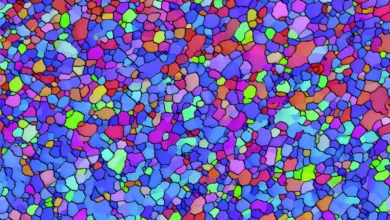
Energy, Emissions, and Electric Vehicle Battery Range Savings – The Power of Recycled Aluminium
The microstructure within an aluminum trapezoid shows highly refined and uniform grain size, key to achieving a strong and reliable product. Credit: Image courtesy of Nicole Overman; enhancement by Cortland Johnson | Pacific Northwest National Laboratory The new manufacturing process results in the creation of high-strength aluminium vehicle components that are both cost-effective and more eco-friendly. The automotive industry, specifically for electric vehicles, is pioneering an innovative process for collecting and transforming scrap aluminium into new vehicle parts. The DOE’s Pacific Northwest National Laboratory, in partnership with top mobility technology firm Magna, has just revealed a new manufacturing method that…
Read More » -
24 AprilClimate Change
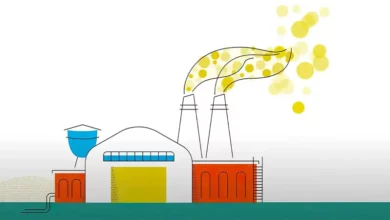
Clearing the Air: How Do We Capture and Store CO2?
Carbon dioxide (CO2) emissions, which account for 81% of all greenhouse gases, pose a significant challenge to Earth’s climate. As natural methods are unable to fully counteract the rising levels of human-produced emissions, scientists and policymakers are exploring carbon capture, utilization, and storage (CCUS) techniques to reduce atmospheric CO2. These methods include ocean alkalinity enhancement, direct air capture, carbon offsets, carbon farming, reforestation, and afforestation. Newer strategies, such as accelerated limestone weathering, geological sequestration, and solar fuels, are also being researched. The global push for carbon reduction is partly driven by the Paris Climate Agreement, which aims to limit the…
Read More »










